Is Your Feed Mill Truly Optimized? The Hidden Power of Mold Control in a Moisture Optimization Programme
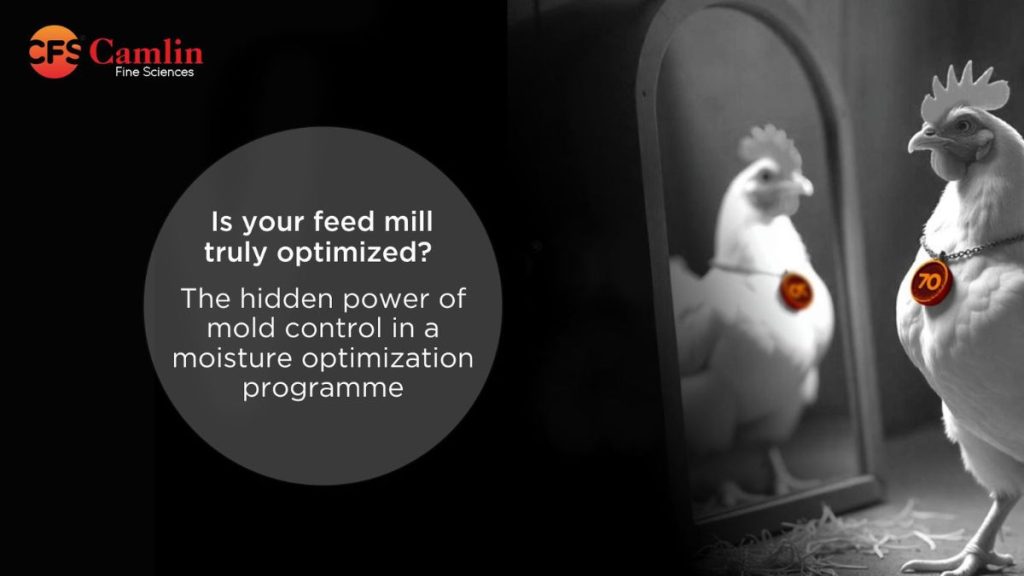
In the relentless pursuit of efficiency and profitability in modern feed production, every detail matters. We often focus on raw material quality, processing parameters, and nutrient profiles. But what about something as fundamental as moisture?Moisture is a double-edged sword. It’s absolutely indispensable for achieving optimal pellet quality, acting as a lubricant, heat carrier, and critical […]
Creating Delightful Fillings: Meeting the Challenge of Exceptional Taste and Texture

Today’s consumers are looking for luxurious fillings with rich flavors and satisfying textures that elevate their indulgent experiences. The demand for high-quality fillings that deliver a memorable mouthfeel has become more prominent, but achieving this balance can be complex. It requires a delicate approach to retain the right texture, release flavors harmoniously, and maintain long-lasting […]
Effective Antioxidant Solutions for the Aquafeed Industry
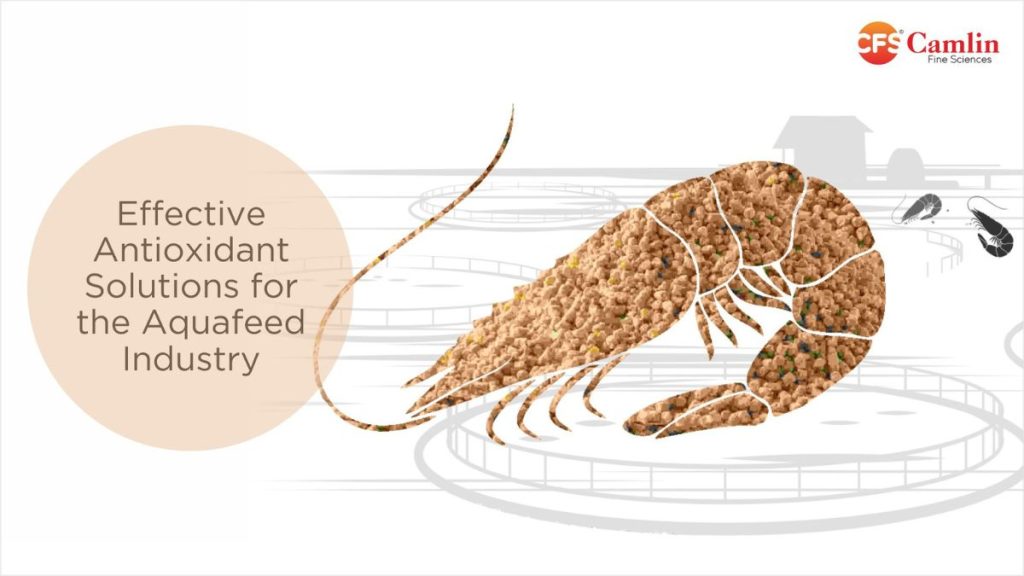
Aquafeed production involves various ingredients, including fish meal, vegetable and animal protein meals, fish and vegetable oils, carbohydrate-based binders, and essential vitamin and mineral premixes. Antioxidants play a crucial role in preserving the quality of these feeds, which are typically manufactured using a process called pelleting. This process includes grinding, wet mixing, pellet extrusion, drying, […]
Vanilla’s Secret: From Orchid Beans to a Sustainable Flavor

The delicious vanilla flavor we all enjoy often has very little to do with vanilla orchids or their fragrant pods. Even though true vanilla extract comes from the beans of the Vanilla planifolia orchid, producing enough of these natural pods to keep up with global demand is a major challenge. Vanilla is the world’s most […]
Antioxidant Solutions for the Rendering Industry
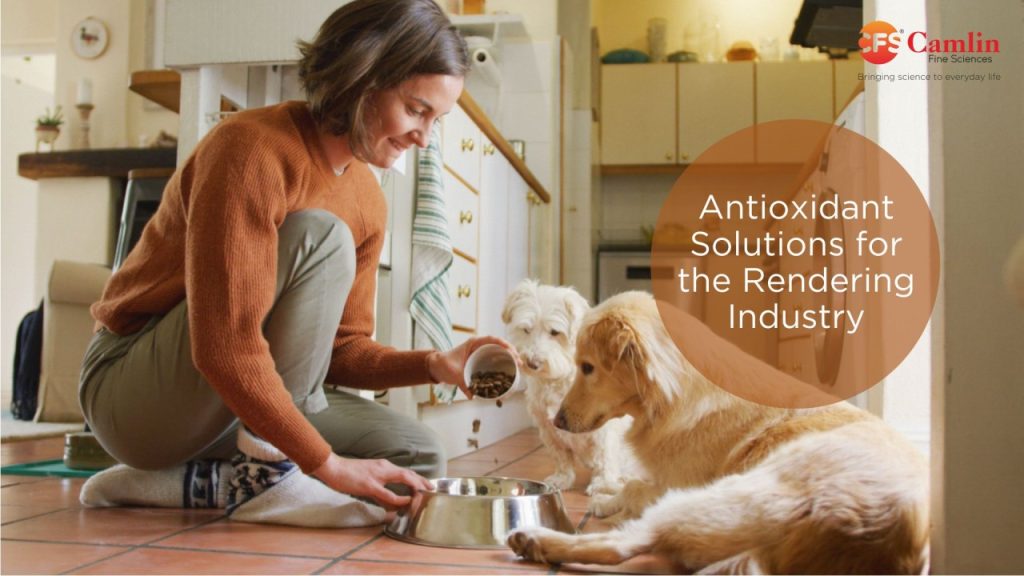
Rendering is the process of converting animal by-products from the meat and livestock industry into usable materials, playing a crucial role in resource utilization. The finished products from rendering include protein meals (such as poultry meal, meat and bone meal, blood meal, and feather meal) and oils and fats (such as duck fat, chicken fat, […]
Antioxidant Solutions for Mayonnaise, Dressing, and Oil-in-Water Emulsions
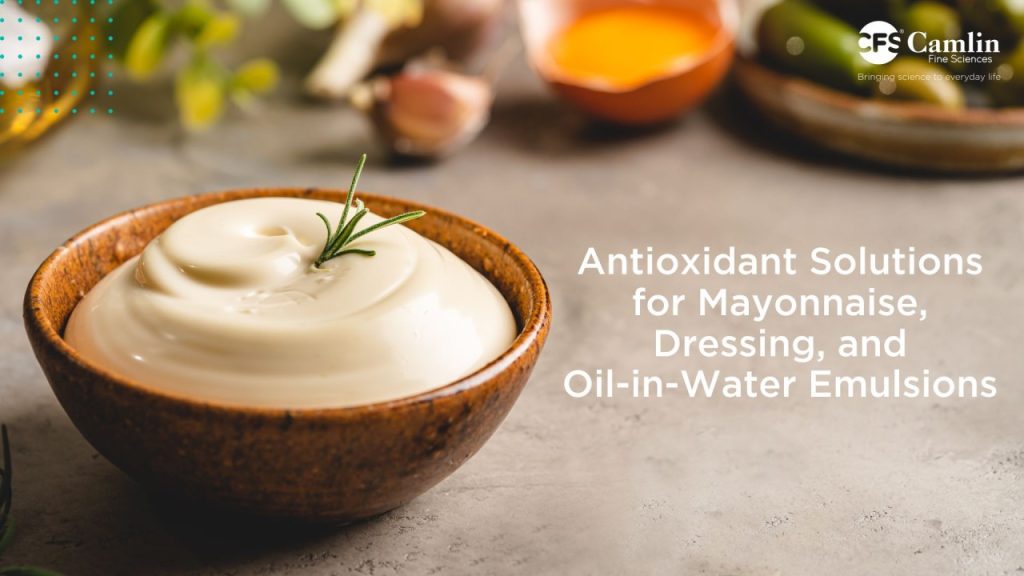
Oil-in-water emulsions, such as mayonnaise, dressing, and sauces, play a significant role in our culinary experiences. However, their delicate balance of oil and water makes them susceptible to oxidation, which can lead to off-flavours, colour changes, and reduced shelf life. Let’s explore the challenges posed by these emulsions and effective antioxidant strategies. Characteristics of Oil-in-Water […]
Ascorbyl Palmitate: A Safe and Heat-Stable Antioxidant
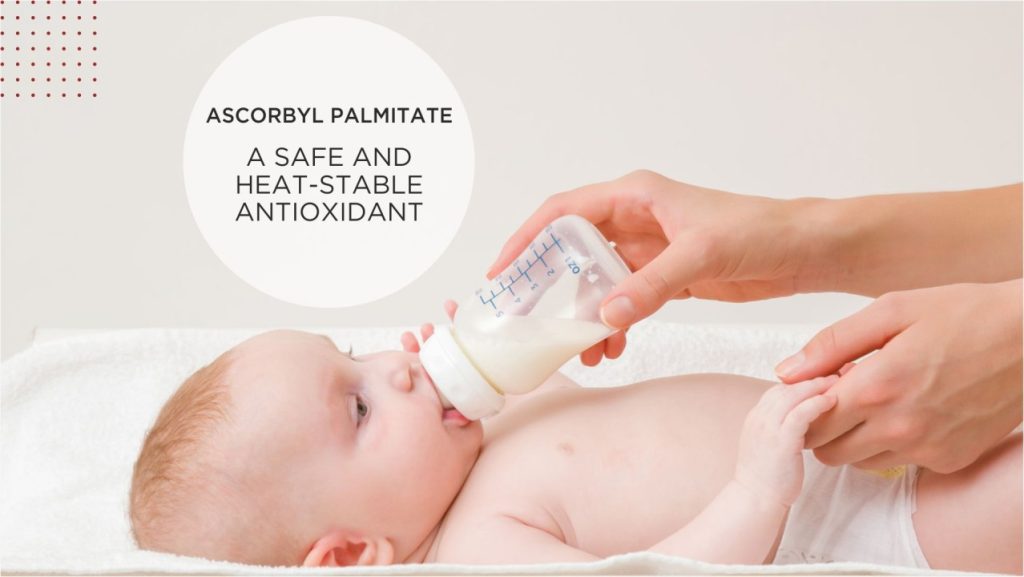
In oils and fats, the oxidative reaction contributes to the development of rancid odours and flavours, thereby diminishing the nutritional quality of foods. Various oxidative reactions, including auto-oxidation, photo-oxidation, enzymatic oxidation, and ketonic oxidation, can occur. Among these, auto-oxidation is the most common form of deterioration during the storage of edible oils. Antioxidants are components […]
Self-Combustion in Fish Meal – A Burning Concern
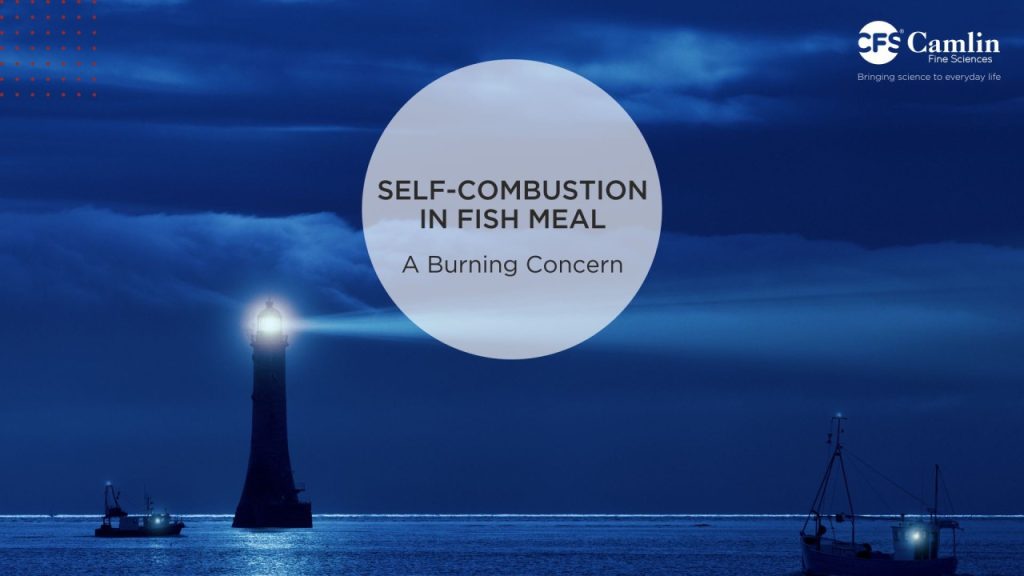
A. Self-combustion: Oxidation reaction: Fats and oils in fish meal contain unsaturated fatty acids that are susceptible to oxidation. When exposed to oxygen in the air, the unsaturated fats can undergo oxidation reactions, releasing heat as a by-product. Heat generation: As oxidation progresses, the chemical reactions release heat energy. If the rate of heat generation exceeds the […]





































































































